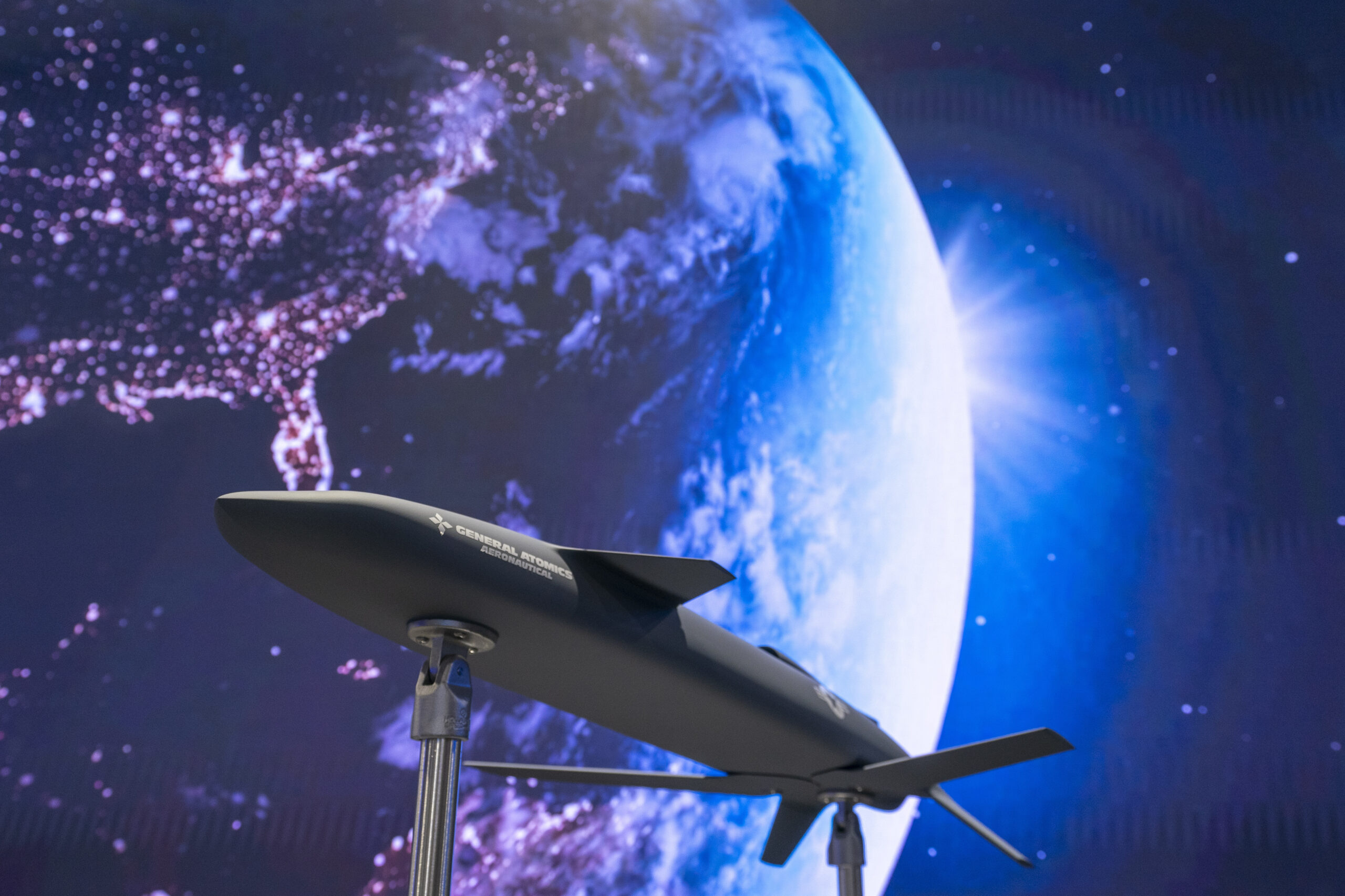NATIONAL HARBOR, Maryland (AP) — Artificial intelligence employed by the US military has piloted pint-sized surveillance drones in special operations forces’ missions and helped Ukraine in its war against Russia. It tracks soldiers’ fitness, predicts when Air Force planes need maintenance and helps keep tabs on rivals in space.
Now, the Pentagon is intent on fielding multiple thousands of relatively inexpensive, expendable AI-enabled autonomous vehicles by 2026 to keep pace with China. The ambitious initiative — dubbed Replicator — seeks to “galvanise progress in the too-slow shift of US military innovation to leverage platforms that are small, smart, cheap, and many,” Deputy Secretary of Defense Kathleen Hicks said in August.
While its funding is uncertain and details vague, Replicator is expected to accelerate hard decisions on what AI tech is mature and trustworthy enough to deploy – including on weaponised systems.
There is little dispute among scientists, industry experts and Pentagon officials that the US will within the next few years have fully autonomous lethal weapons. And though officials insist humans will always be in control, experts say advances in data-processing speed and machine-to-machine communications will inevitably relegate people to supervisory roles.
That’s especially true if, as expected, lethal weapons are deployed en masse in drone swarms. Many countries are working on them — and neither China, Russia, Iran, India or Pakistan have signed a US-initiated pledge to use military AI responsibly.
It’s unclear if the Pentagon is currently formally assessing any fully autonomous lethal weapons system for deployment, as required by a 2012 directive. A Pentagon spokeswoman would not say.
Replicator highlights immense technological and personnel challenges for Pentagon procurement and development as the AI revolution promises to transform how wars are fought.
“The Department of Defense is struggling to adopt the AI developments from the last machine-learning breakthrough,” said Gregory Allen, a former top Pentagon AI official now at the Centre for Strategic and International Studies think tank.
The Pentagon’s portfolio boasts more than 800 AI-related unclassified projects, much still in testing. Typically, machine-learning and neural networks are helping humans gain insights and create efficiencies.
“The AI that we’ve got in the Department of Defense right now is heavily leveraged and augments people,” said Missy Cummings, director of George Mason University’s robotics center and a former Navy fighter pilot.” “There’s no AI running around on its own. People are using it to try to understand the fog of war better.”
The “loyal wingman” timeline doesn’t quite mesh with Replicator’s, which many consider overly ambitious. The Pentagon’s vagueness on Replicator, meantime, may partly intend to keep rivals guessing, though planners may also still be feeling their way on feature and mission goals, said Paul Scharre, a military AI expert and author of “Four Battlegrounds.”
Anduril and Shield AI, each backed by hundreds of millions in venture capital funding, are among companies vying for contracts.
Nathan Michael, chief technology officer at Shield AI, estimates they will have an autonomous swarm of at least three uncrewed aircraft ready in a year using its V-BAT aerial drone. The US military currently uses the V-BAT — without an AI mind — on Navy ships, on counter-drug missions and in support of Marine Expeditionary Units, the company says.
It will take some time before larger swarms can be reliably fielded, Michael said. “Everything is crawl, walk, run — unless you’re setting yourself up for failure.”
The only weapons systems that Shanahan, the inaugural Pentagon AI chief, currently trusts to operate autonomously are wholly defensive, like Phalanx anti-missile systems on ships. He worries less about autonomous weapons making decisions on their own than about systems that don’t work as advertised or kill noncombatants or friendly forces.
The department’s current chief digital and AI officer Craig Martell is determined not to let that happen.
“Regardless of the autonomy of the system, there will always be a responsible agent that understands the limitations of the system, has trained well with the system, has justified confidence of when and where it’s deployable — and will always take the responsibility,” said Martell, who previously headed machine-learning at LinkedIn and Lyft. “That will never not be the case.”
As to when AI will be reliable enough for lethal autonomy, Martell said it makes no sense to generalise. For example, Martell trusts his car’s adaptive cruise control but not the tech that’s supposed to keep it from changing lanes. “As the responsible agent, I would not deploy that except in very constrained situations,” he said. “Now extrapolate that to the military.”
Martell’s office is evaluating potential generative AI use cases – it has a special task force for that – but focuses more on testing and evaluating AI in development.
One urgent challenge, says Jane Pinelis, chief AI engineer at Johns Hopkins University’s Applied Physics Lab and former chief of AI assurance in Martell’s office, is recruiting and retaining the talent needed to test AI tech. The Pentagon can’t compete on salaries. Computer science PhDs with AI-related skills can earn more than the military’s top-ranking generals and admirals.
Testing and evaluation standards are also immature, a recent National Academy of Sciences report on Air Force AI highlighted.
“We are still operating under the assumption that we have time to do this as rigorously and as diligently as possible,” said Pinelis. “I think if we’re less than ready and it’s time to take action, somebody is going to be forced to make a decision.”








